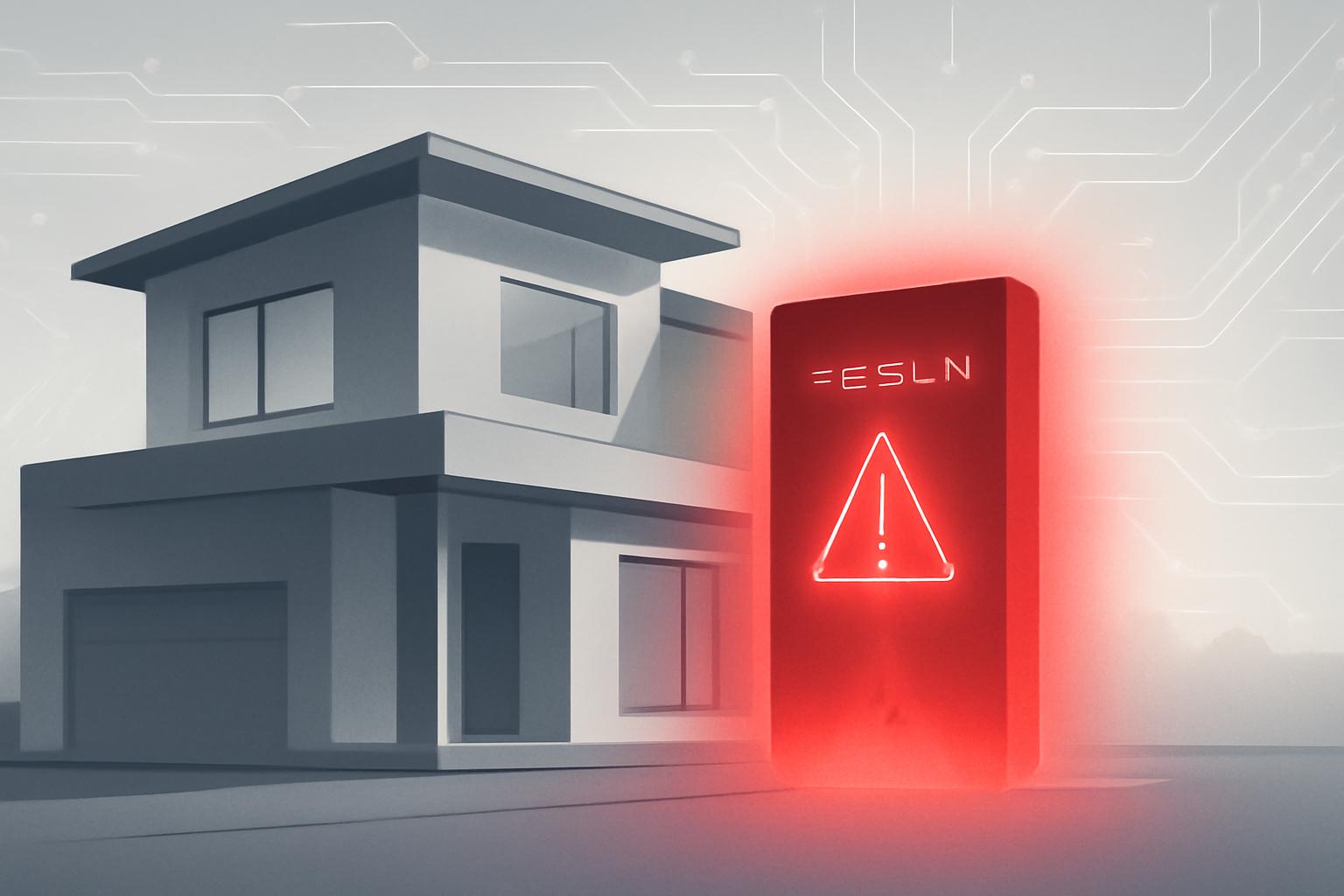Tesla Recalls Powerwall 2 Batteries in Australia Over Fire Safety Concerns
Tesla has announced a recall of its Powerwall 2 home battery units in Australia after multiple reports of fires resulting in minor property damage. The recall notice was issued by the Australian Competition and Consumer Commission (ACCC), which confirmed that no injuries have been reported in connection with these incidents.
Scope and Cause of the Recall
The recall affects Powerwall 2 units manufactured in the United States and sold between November 2020 and June 2022. The lithium-ion battery cells, which have a storage capacity of 14 kWh, were supplied by an undisclosed third-party manufacturer. These batteries are typically integrated with solar panel systems to store excess energy generated during daylight hours.
Customer Notification and Remediation Measures
Owners of affected Powerwall 2 batteries will receive alerts through the Tesla app. To minimize the risk of further fire incidents, Tesla is in the process of safely discharging the batteries. The company has committed to replacing all recalled units at no cost to customers. Additionally, the ACCC noted that Tesla will evaluate compensation claims for lost energy savings on a case-by-case basis.
Additional Context on Powerwall 2 Usage
Beyond energy storage, Powerwall 2 units can be enrolled in Tesla’s virtual power plant program, which allows homeowners to support the electricity grid during periods of high demand. Enrollment in this program extends the battery warranty up to 15 years and offers access to time-of-use electricity rates, potentially lowering energy expenses.
FinOracleAI — Market View
The recall of Powerwall 2 batteries introduces short-term operational and reputational risks for Tesla in the Australian market, potentially affecting customer confidence in its home energy products. The financial impact may include costs related to replacements and compensation, as well as possible regulatory scrutiny. However, Tesla’s proactive approach in notifying customers and mitigating risks could help preserve long-term trust. Investors should monitor updates on recall scope, resolution progress, and any emerging safety concerns.
Impact: negative













